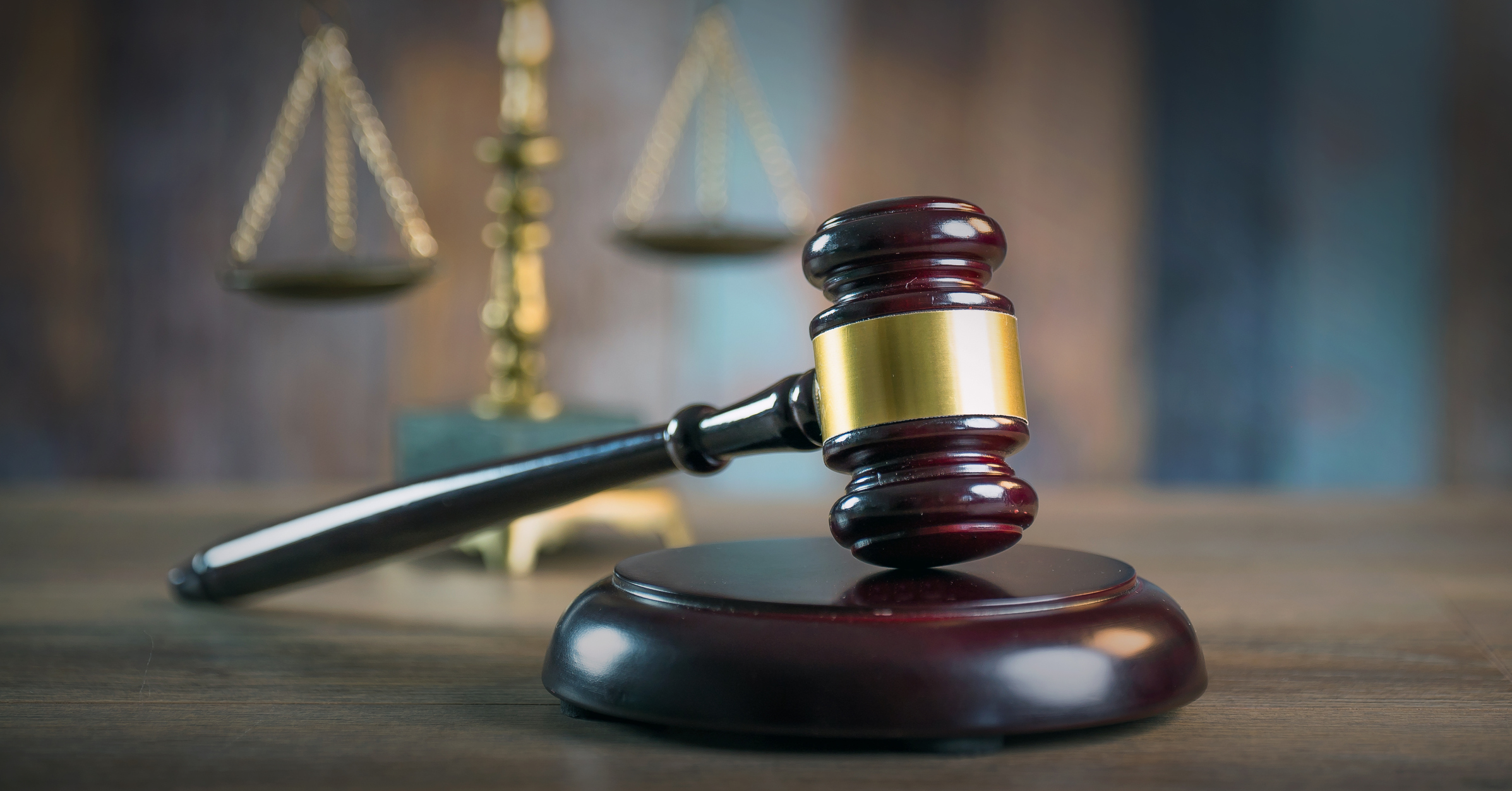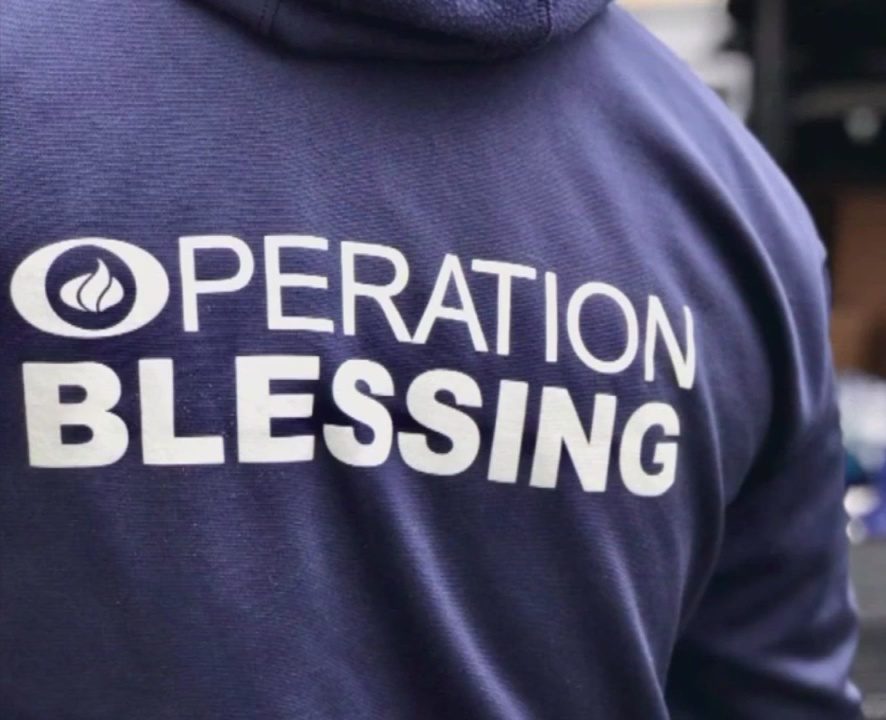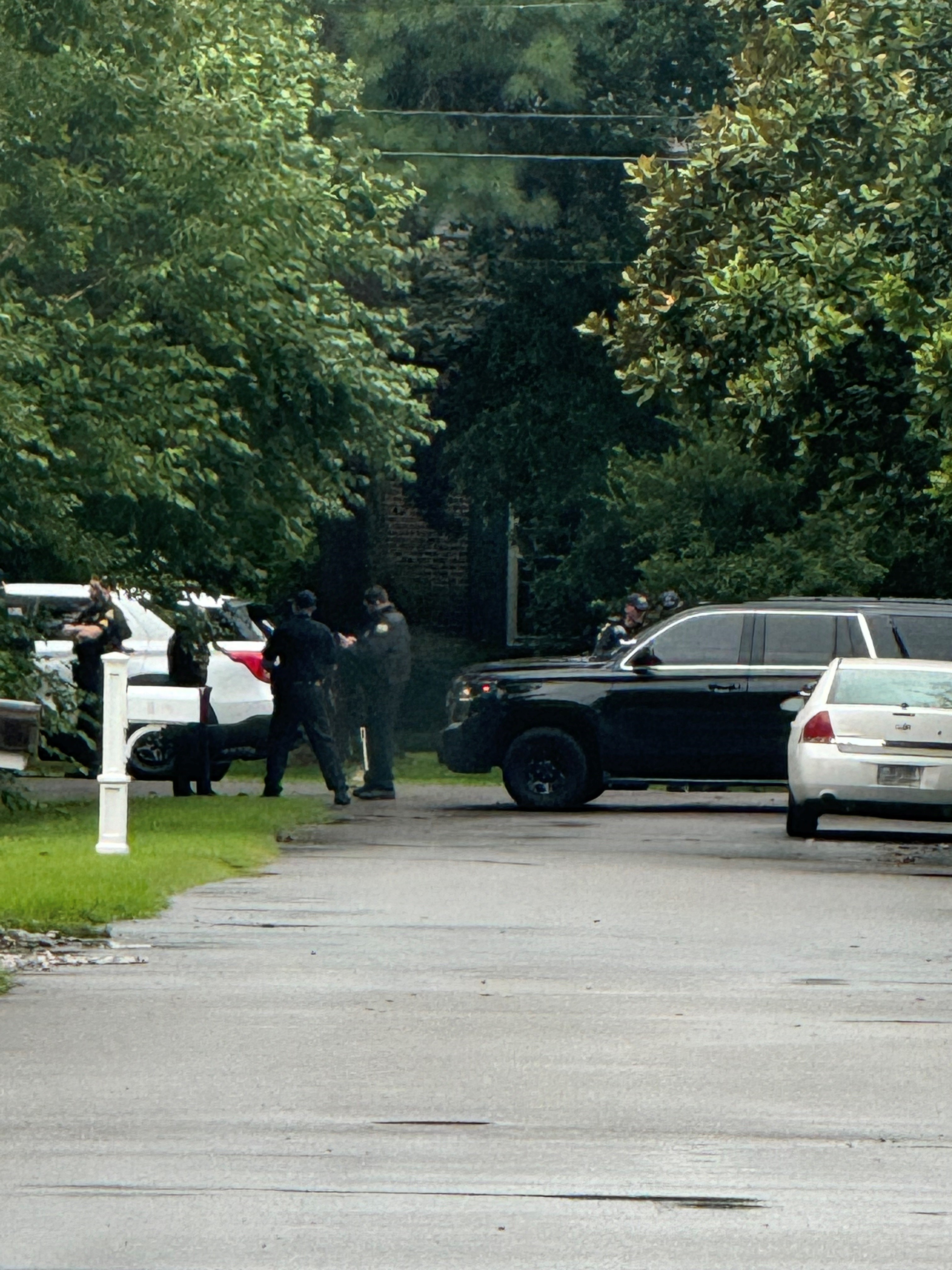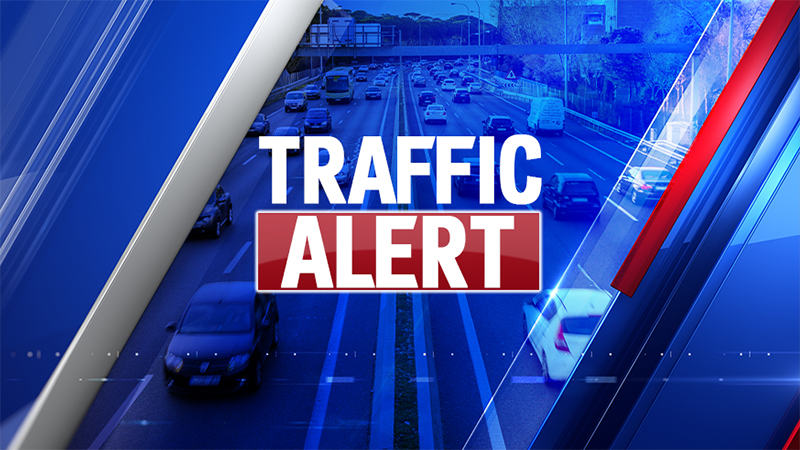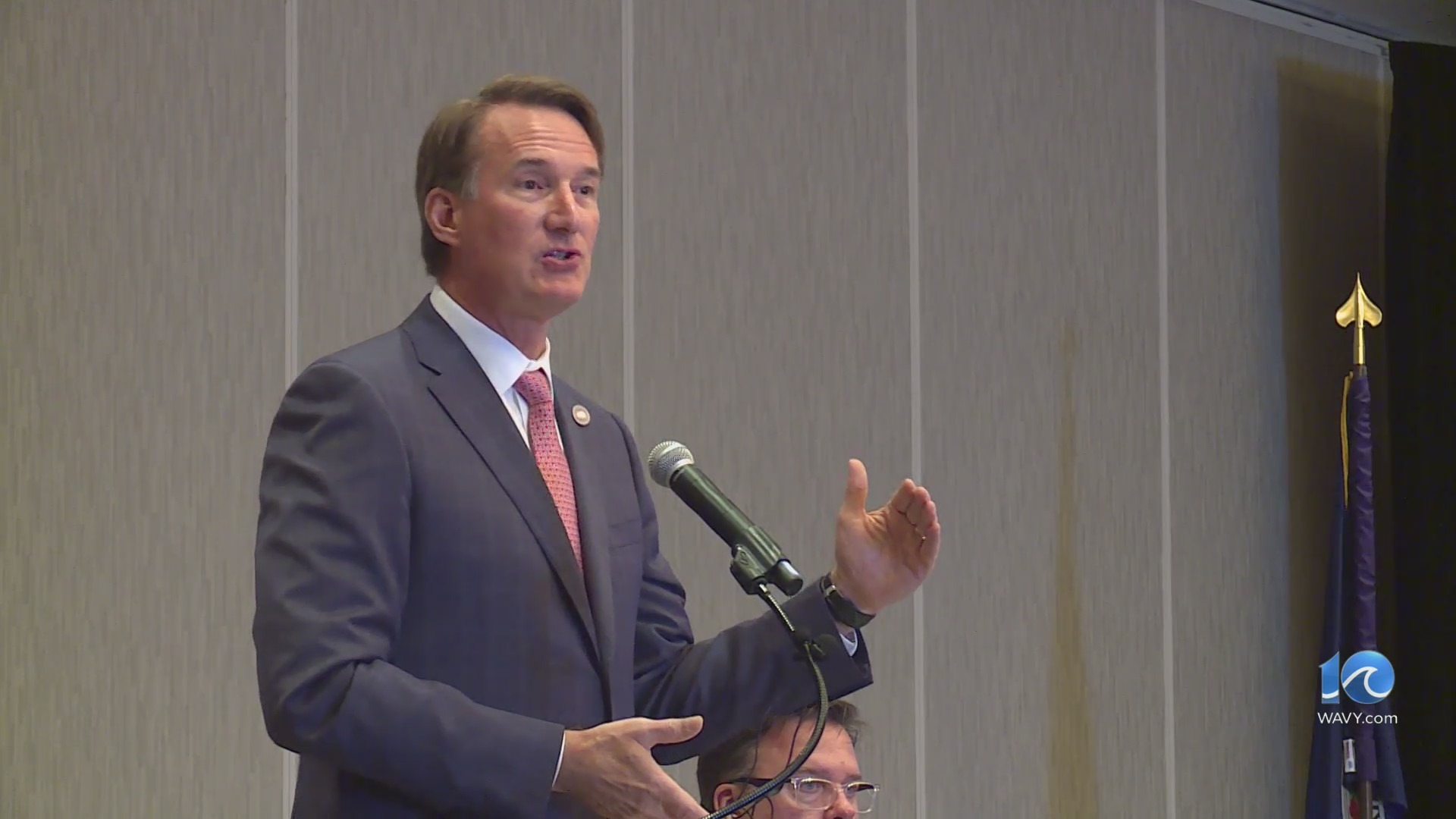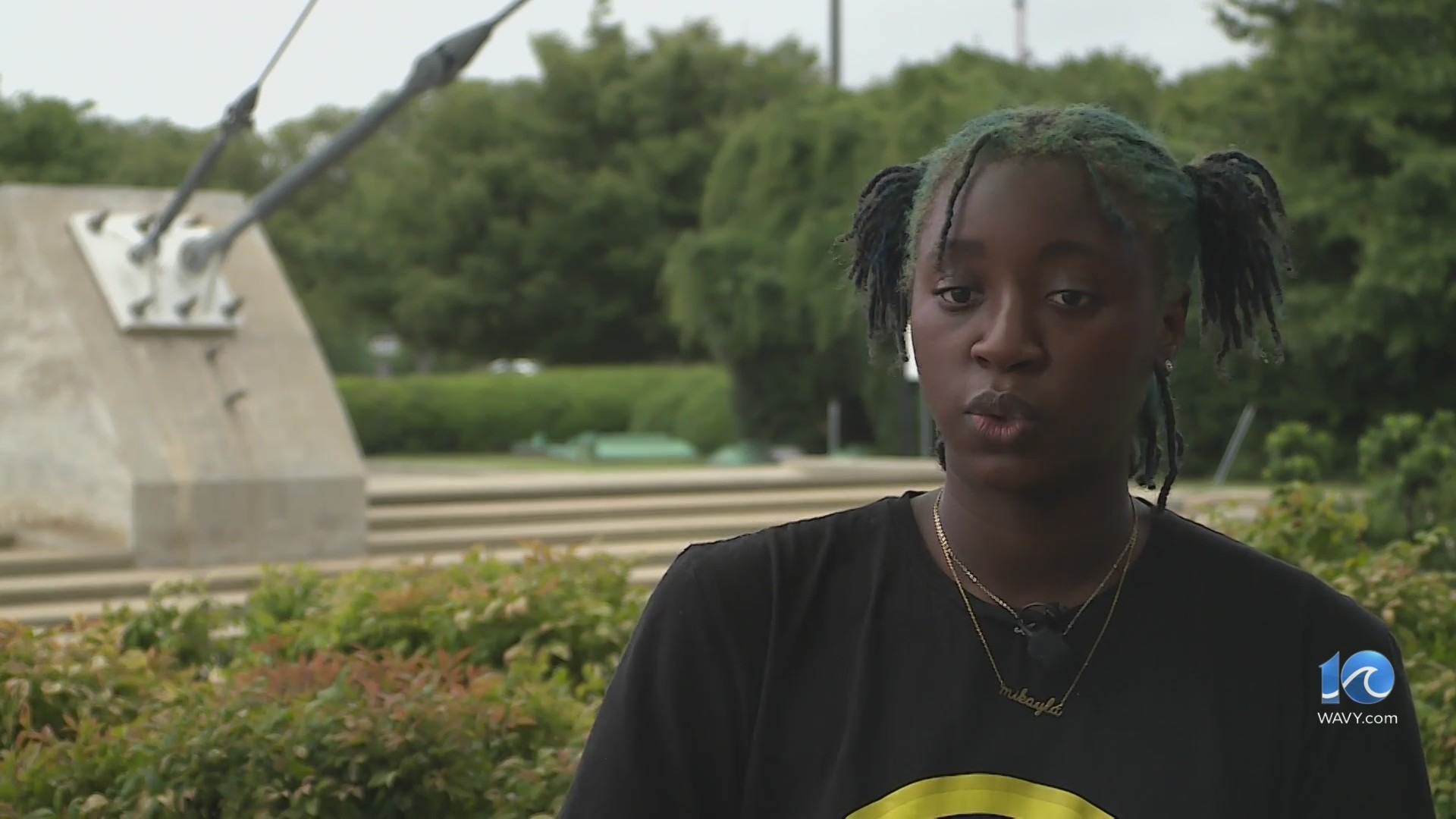(NEXSTAR) – Have you ever noticed that Easter never seems to fall on the same day? Christmas is always Dec. 25, and Mother’s Day is the second Sunday of May. But you’ll always have to check the calendar for Easter. Why?
Easter, if you aren’t familiar, is a Christian festivity that marks the resurrection of Jesus. It always falls on a Sunday during March or April. To understand why, you have to look skyward.
“The date of Easter is determined by the moon. Easter always falls on the first Sunday after the first full moon after the vernal equinox,” says Kim Mandelkow, director of the Office for Worship with the Archdiocese of Milwaukee.
This year, for example, the first full moon after the vernal equinox (also known as the first day of spring, which is March 20) is on Saturday, April 16. Easter Sunday is the next day.
“The moon is not regular,” Father Martin Schlag, a professor and chair of Catholic social thought at the University of St. Thomas in Minnesota, explains. “It doesn’t follow the solar calendar, but it has its own lunar calendar that varies every year.”
If the first full moon fell on a Sunday, Easter Sunday would be pushed back a week, Mandelkow explains.
Because Easter is dependent on the vernal equinox, it can fall anywhere from March 22 to April 25. Having Easter on either of those days, though, is relatively rare, according to data from the U.S. Census Bureau. You’re more likely to see a year of Easter falling on March 31 or April 16, which have the greatest frequencies of claiming the holiday.
Next year, we’ll have an earlier Easter: April 9.

